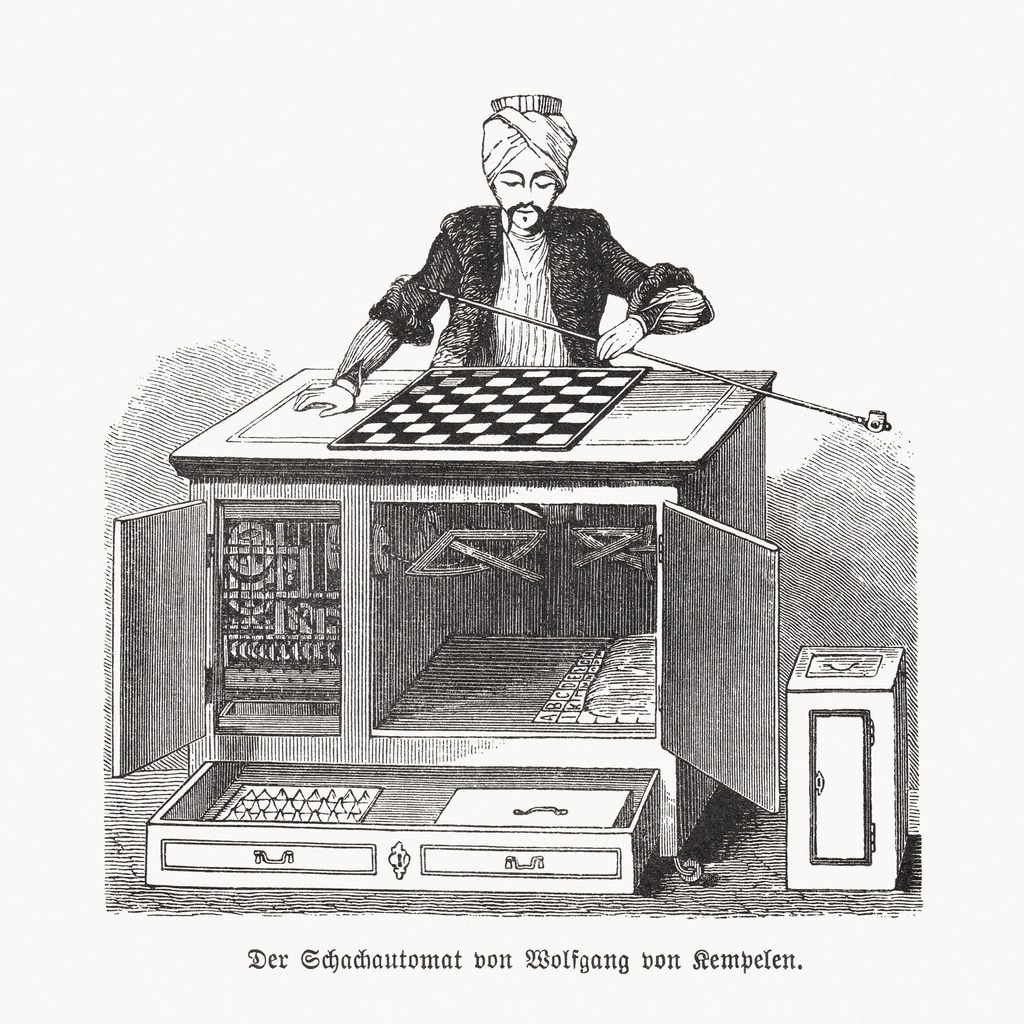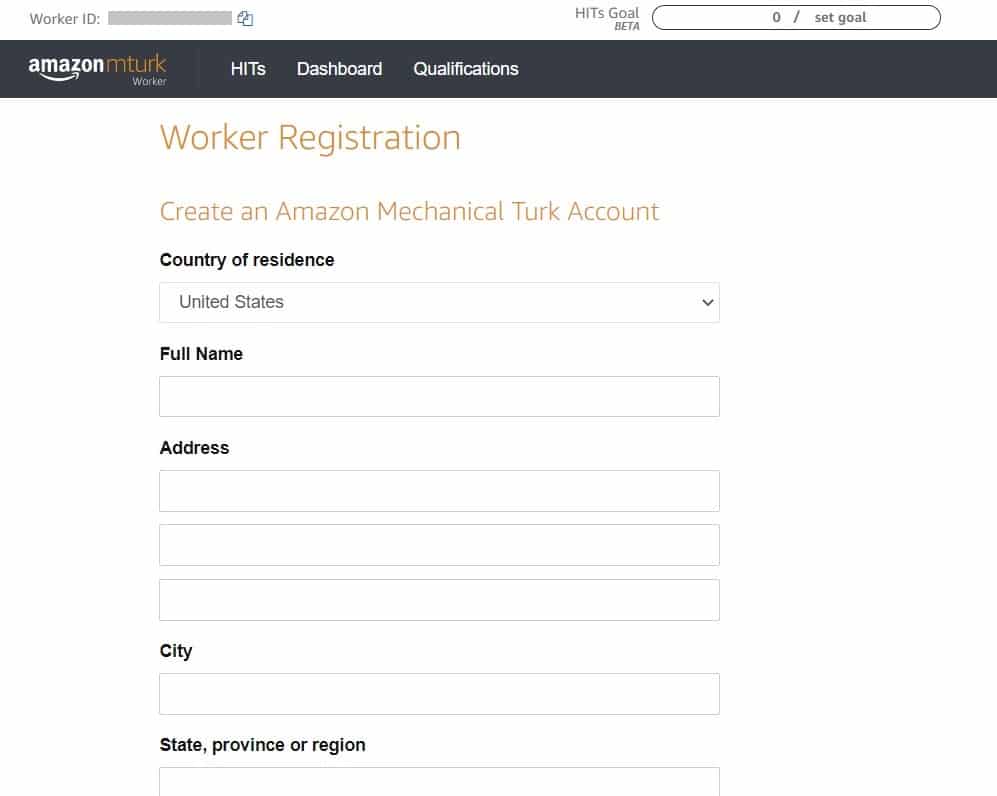How To Make Money Through Amazon Mechanical Turk

Amazon’s crowdsourcing marketplace lets you do piecemeal tasks and make a quick buck (or a few pennies), but is it worth it?
In this article, we’ll look at what Amazon Mechanical Turk is all about and how businesses and remote workers can benefit from it.
Contents
What is Amazon Mechanical Turk?
What’s in a name?
“Mechanical Turk” is taken from an 18th century artificial intelligence (but not really) chess-playing device that was seemingly able to play a strong game of chess against human opponents. Turns out, the Turk was an illusion that allowed a human chess master to hide inside and operate the machine.
The point of course being that there are certain tasks that are quite easy for humans to do, yet still very difficult for computers.
In essence, Amazon Mechanical Turk or MTurk is a marketplace where businesses, called “Requesters”, can outsource certain tasks and processes to remote workers, called “Turkers”.
Requesters benefit from not having to actually hire employees to do these repetitive tasks themselves, while Turkers perform these easy tasks virtually. It’s also a way for Requesters to finish these menial tasks more efficiently by being able to spread them out to an army of remote workers who are willing to do these tasks for a few cents or, alternatively, for Amazon gift credits.
For example: a business might need to transcribe hours worth of audio, which its employees are too busy to do (or are simply unwilling to). With MTurk, having hundreds of workers transcribing a few minutes of such audio means a final output can be produced much quicker.

What Tasks Can I Do On Mechanical Turk?
Repetitive and menial.
Going back to the 18th-century illusion, the tasks the business usually farm out are those which are too simple for humans, but a bit too complex for computers. These tasks are called “microtasks”, but are offered to Turkers as HITs, which stands for Human Intelligence Tasks.
As a new Turker, the most common ones you’ll run into are:
- Data entry and recording and spreadsheet work
- Audio and video transcriptions
- Categorizing images and information
- Cleanup and validation
- Evaluating items for quality
- Answering surveys
- Data collection, duplication, and validation
- Internet search queries
- Comparing items and data records
- Content moderation
- YouTube video ratings
- And more
Notice that the tasks listed have a few things in common: they are usually repetitive and some take minimal effort to do.
A 2016 study by Pew Research Center found that over 37% of HITs are tasks requiring workers to record information appearing in an image, usually a sales receipt, while the second largest assignment is transcription of audio or video files at 26%. Answering surveys is also quite common, with the most common topics being consumer products, personality, finance, and education.
According to Amazon, the most common use cases for Mechanical Turk is for machine learning (ML) workflows and business process outsourcing.
How Much Can I Earn on Mechanical Turk?
We’re talking pennies.
Amazon Mechanical Turk is not exactly a viable primary source of income, and for some cases, it takes quite a bit of time (and a lot of HITs) before becoming a viable side hustle.
When searching for tasks, each HIT will have a price paid out to workers as well as a time allotment to complete it. The easiest and lowest-paying tasks go for as low as a penny, while others can be done for somewhere from $0.50 to a couple of dollars. Occasionally, Turkers will also run into high-paying ones that pay upwards of $50 upon completion.
Because of the nature of the tasks and the pay, MTurk has been described as a “poorly paid hell” to where loads of people flocked during the lockdowns. An analysis of the platform published in 2018 revealed that of the 3.8 million tasks analyzed, which were performed by 2676 workers, such workers earned a median hourly wage of about $2 an hour, while only 4 percent of workers earned more than $7.25 an hour. On the flip side, some side hustlers have earned tens of thousands over several years of Turking.
Like all other freelance platforms, Amazon Mechanical Turk requires you to put in some time doing loads of low-paying HITs before you become eligible for high-paying ones. By eligible, I mean that you’ll have to complete a certain number of HITs (say, 500) to be qualified to work on higher-paying tasks. Also keep in mind that when HITs are listed, they go fast, and on a first come, first served basis.
If you’re looking to take turking seriously and really compete for good HITs, there are entire subreddits regularly updated by Turkers for high-paying jobs. These communities can also introduce you to experienced Turkers with their own systems of snagging the best paying tasks quickly. If you're a younger person looking for ways to make money, check out our six business ideas for making money online.
What are the Pros and Cons of Mechanical Turk?
Is it worth it?
As with all things Amazon, MTurk has its fair share of pros and cons. The table below is not an exhaustive list, but it should give you an idea of whether MTurk is right for you.
Amazon Mechanical Turk Pros
- No specialized skill required. The tasks are quite easy and quick to do.
- Flexibility. Perhaps the biggest selling point, Turking lets you choose the time when you want to work, for how long, and also lets you cash out daily without any minimum amount.
- Tied to Amazon. One selling point considered by experienced freelancers is that being operated directly through Amazon gives MTurk more legitimacy than similar platforms.
- Lists all HITs. Although it tells you for which HITs you are qualified and not, MTurk lists all sorts of jobs from the get-go, saving you the time of scouring tons of different websites for similar work
Amazon Mechanical Turk Cons
- Low-paying tasks. Earning pennies per tasks is not exactly fun, and it could take you some time and hundreds of HITs before you actually turn a decent profit
- Repetitive. For the most part, the tasks are quite repetitive, although it’s what makes them rather easy to do. Piecemeal tasks aren’t fun to do
- First come, first served. HITs, especially the high-paying ones or ones from reputable Requesters get scooped up quickly
- Not sustainable. Although it’s an okay choice for a side hustle, Turking is evidently not sustainable, and there is minimal room for growth in terms of pay and skillset
How Do I Sign Up for Amazon Mechanical Turk?
Tied to Amazon.
Since its inception, Turkers have primarily come from the United States, but the ratio of Turkers show a graduate spread from the US predominantly to countries like China and India. As of writing, a website called MTurk Tracker, which updates Turker demographics hourly, shows that of all active Turkers, over 70% come from the US, over 10% from India, and the rest come from other locations. In the past, as much as 30% of Turkers came from India.
The first thing to know here is that MTurk is tied up to Amazon, which means you should already have an Amazon account in order to sign up either as a business or a turker. Consequently, you will also have to set up an Amazon Payments account once your application is approved.
Once you’re done with the registration form, Amazon will review it and send you an email approving or denying it—the usual turnaround is a couple of days. While waiting, you can check out Amazon’s MTurk FAQs to learn more details.
Once approved, you can start scouring the dashboard for HITs that you are qualified to do, and earn for every completed task. The dashboard will also let you set your HIT goal so you can monitor productivity and track your progress as a Turker.
On the other hand, Requesters, who can sign up here can integrate MTurk into their business using API. To set up jobs they want to delegate to Turkers, businesses need to provide the following basic information:
- How much it pays
- How many workers they need to work on the divided task
- How much time a worker has to complete a task
Requesters also have a say whether or not the work submitted is acceptable, which can affect a Turker’s reputation on the platform, ergo, their likelihood of getting higher-paying HITs.
Final Thoughts
Amazon’s Mechanical Turk is a cheap way for businesses to get tasks done without having to scale their workforce. For remote workers it could be a great side hustle provided you put in the time and are willing to do tasks that no one else is usually willing to. If you’re into getting paid to do a bunch of short tasks at a time with no quotas and at your own convenience, Mechanical Turk might be worth checking out.
Did we miss anything about Amazon’s Mechanical Turk? Let us know in the comments down below.







Indeed, Amazon Mechanical Turk is good for earning extra income online, but unfortunately it does not support all countries.